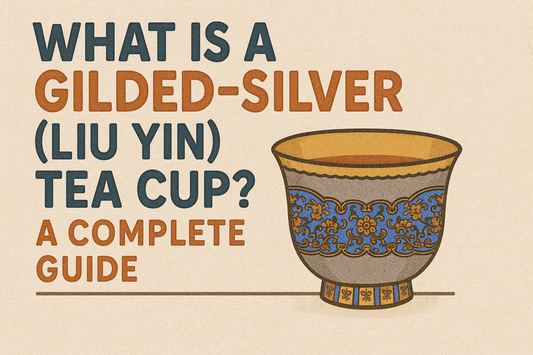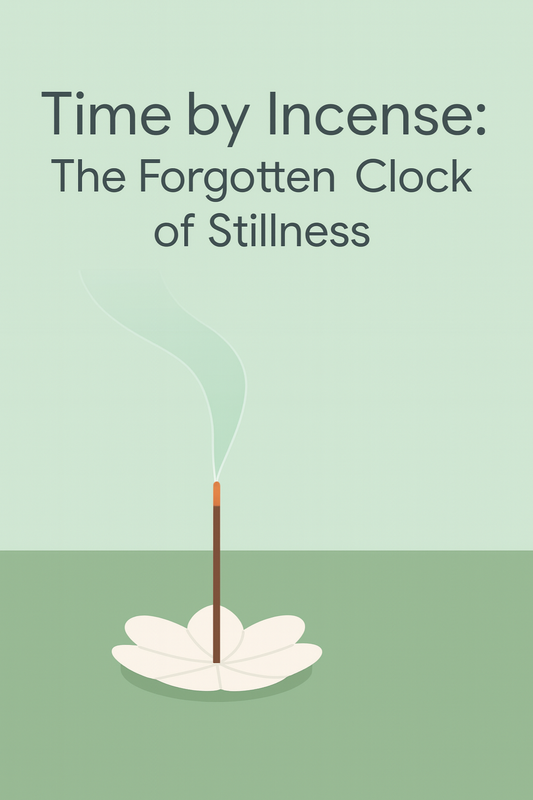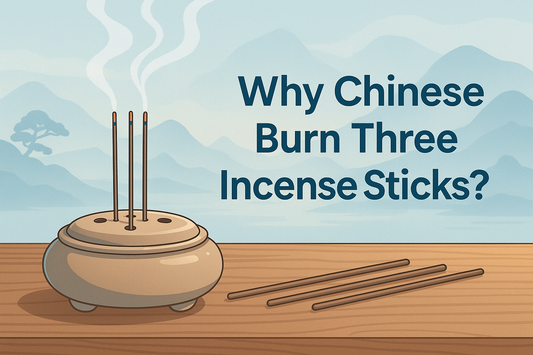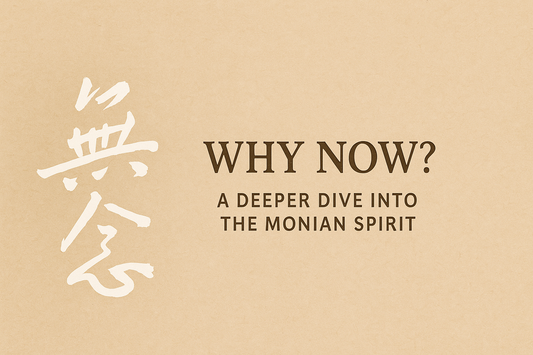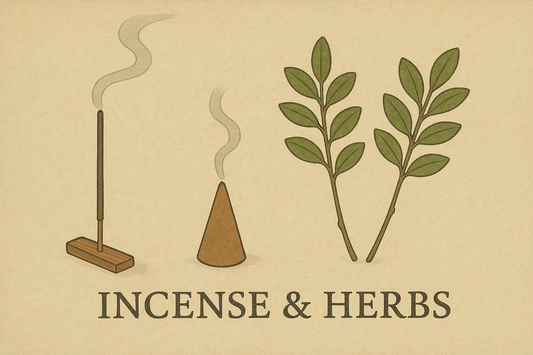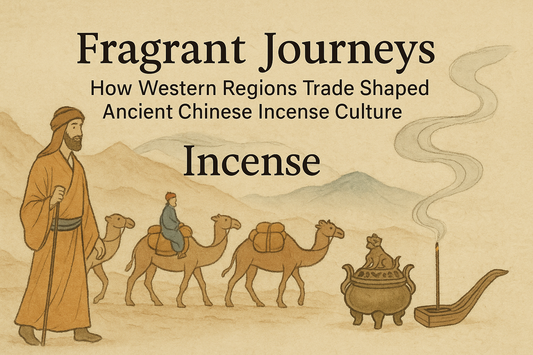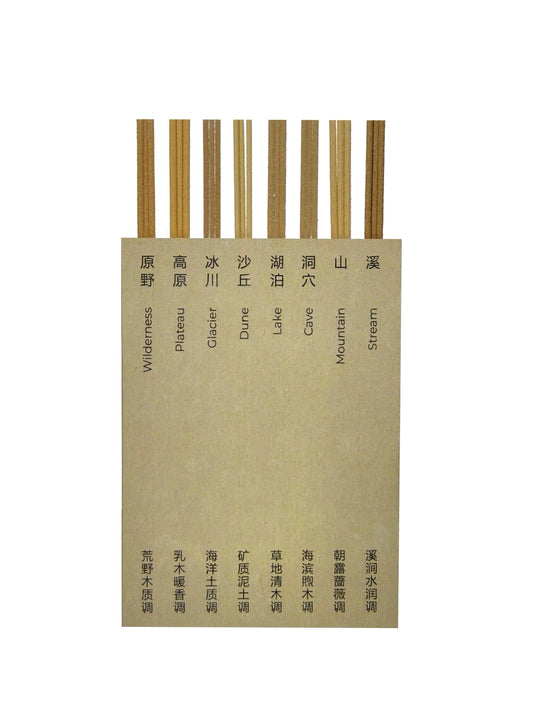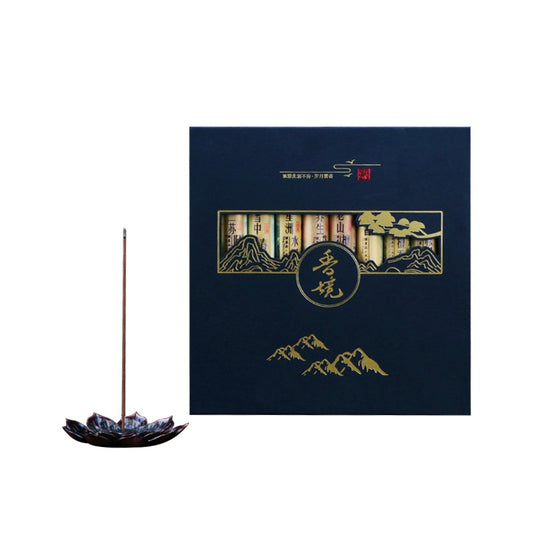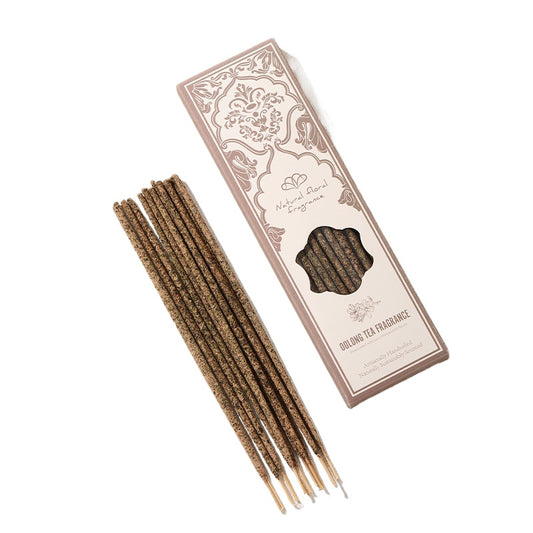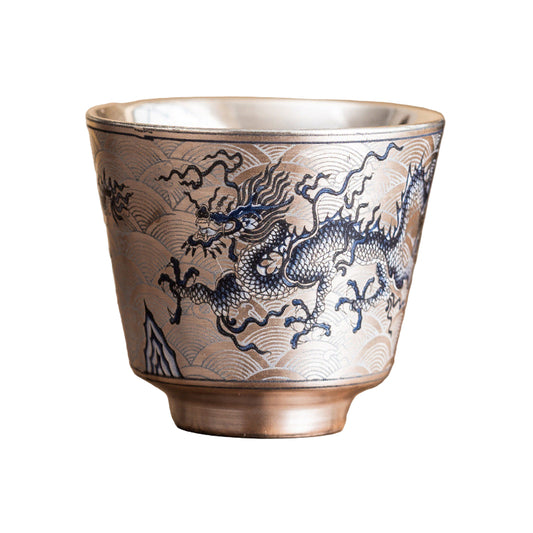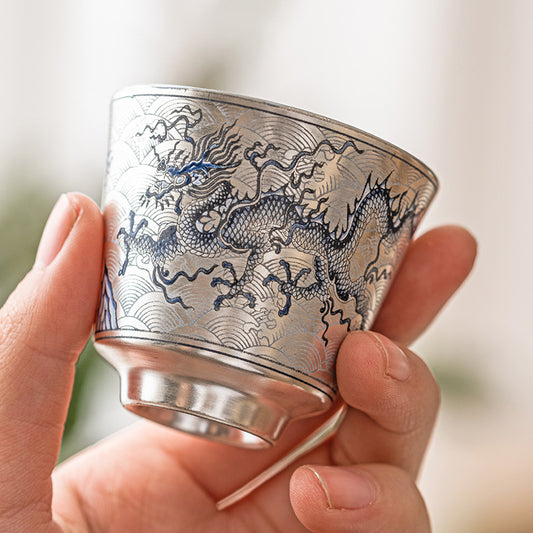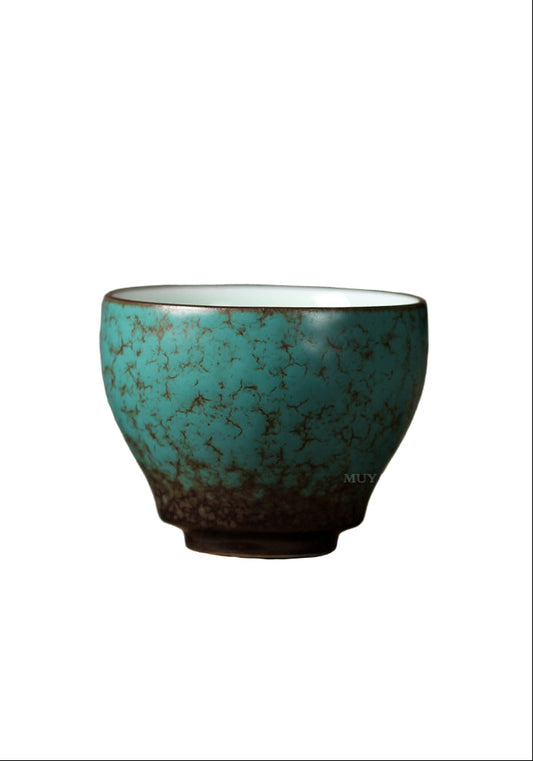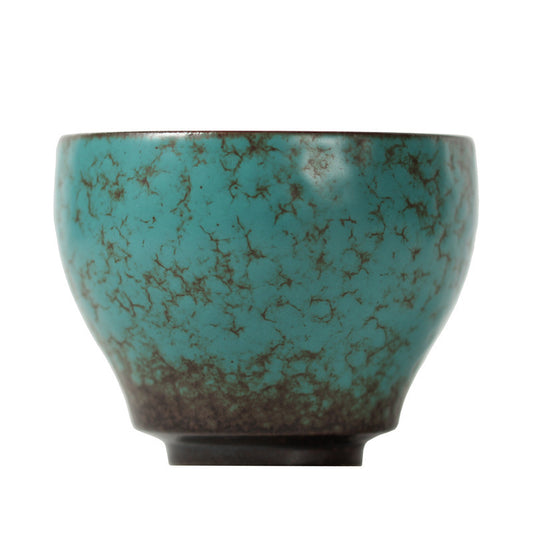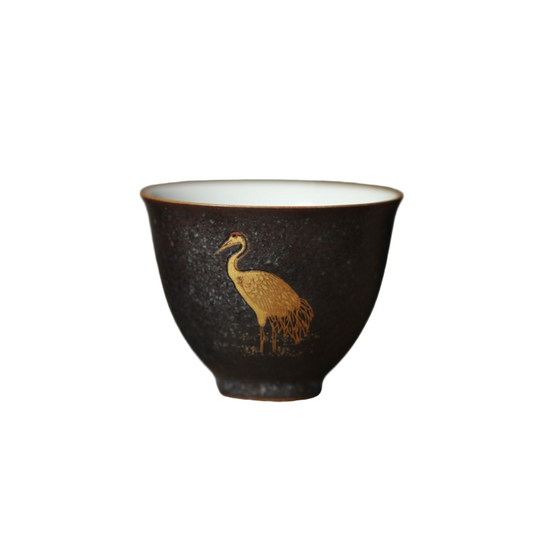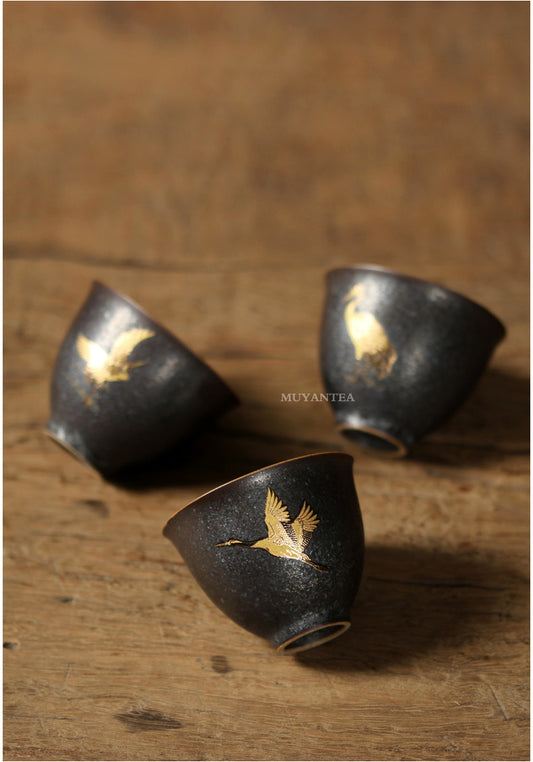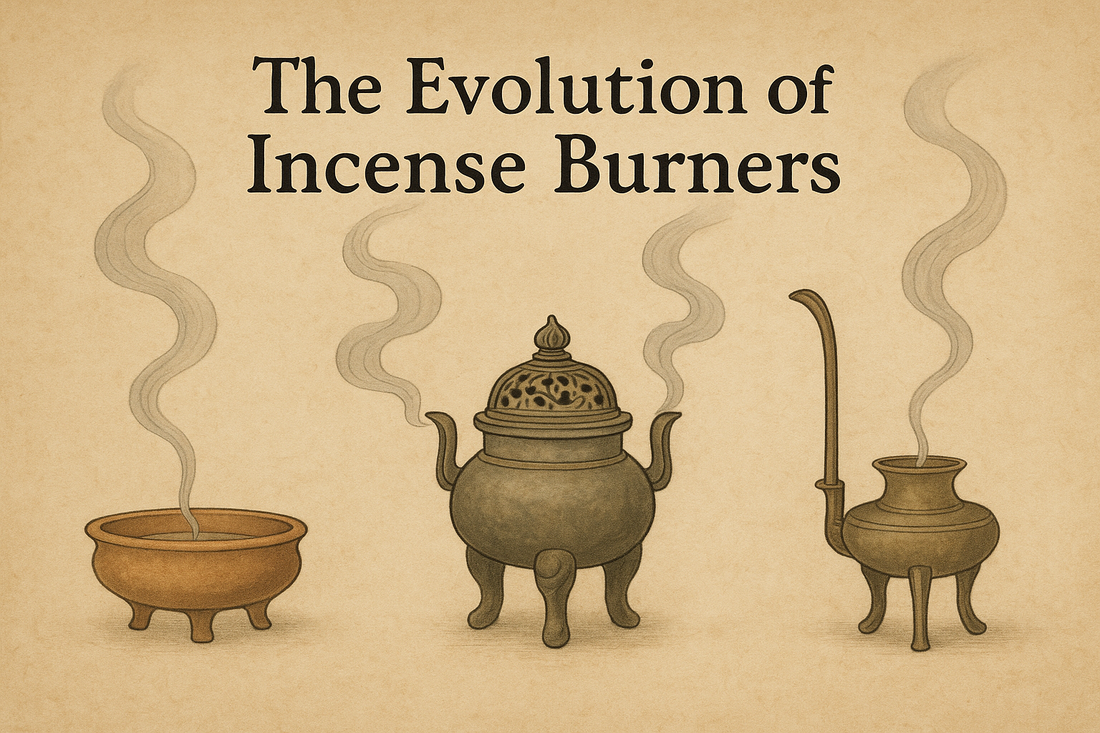
The Evolution of Incense Burners: From Sacred Rituals to Daily Life
The Evolution of Incense Burners: From Sacred Rituals to Daily Life - Chinese Incense Burner, Incense Burner History, Buddhist Incense Burner, Song Dynasty Incense Burner, Ming Dynasty Incense Burner, Modern Incense Burner
From Sacred Rituals to Daily Life
Greetings, fellow travelers on the path of cultural discovery! Chris Chen here, from Monian, and today we embark on a fascinating journey through time, exploring an object that has profoundly shaped Chinese culture: the incense burner. Far more than a mere vessel for burning fragrant materials, it stands as a silent witness to history, a profound carrier of tradition, and a beautiful conduit for spiritual expression. Join me as we trace its remarkable transformation from the solemn altars of ancient rituals to the comforting presence in our modern daily lives.
The Genesis of Fragrance: Origins and Early Ritual Use of Incense Burners Chinese Incense Burner History
The story of the incense burner begins in the mists of China's Neolithic age. Imagine our ancestors, long ago, burning aromatic plants – perhaps to commune with unseen spirits, or to simply cleanse the air of unwanted energies. These early, humble burners were more than just tools; they were vessels of humanity's awe for the unknown and their innate desire to explore the spiritual realm. As centuries unfolded, particularly during the Spring and Autumn and Warring States periods, the practice of burning incense, and thus the use of burners, began to flourish in regions like the State of Chu [1]. Initially, this was often for practical reasons, such as combating the pervasive dampness and purifying indoor environments. Yet, with the subtle grace of a blossoming flower, the incense burner quickly transcended its utilitarian origins, becoming an indispensable element in sacred rituals.
By the illustrious Han Dynasty, the incense burner truly came into its own, reaching a pinnacle of design and symbolic depth. The most iconic example from this era is undoubtedly the 'Boshanlu' (博山爐), or 'Mountain-Shaped Incense Burner' [2]. These exquisite creations often featured lids intricately sculpted to resemble soaring mountains, mythical beasts, and swirling clouds – a miniature landscape that beautifully symbolized the connection between the earthly realm and the celestial abodes of immortals. The Boshanlu was not merely a functional object; it was a profound artistic expression of the Han cosmic worldview, embodying a deep yearning for eternity and the sacred [3]. In grand ceremonies dedicated to Heaven, Earth, revered ancestors, and various deities, these burners played a central, almost mystical, role. The delicate tendrils of smoke, rising gracefully from within, were believed to be a direct bridge, carrying prayers, intentions, and profound reverence from the human heart to the divine.
The Illumination of Buddhism: Its Influence and the Popularization of Incense Burners Buddhist Incense Burner
As the gentle currents of Buddhism flowed into China, particularly flourishing during the vibrant Tang Dynasty (618-907 CE), the incense burner was imbued with new layers of cultural and religious significance [4]. Buddhist iconography, such as the serene lotus flower, the dynamic flame, and the ethereal auspicious clouds, began to gracefully intertwine with the designs of these sacred vessels. This artistic fusion led to their widespread adoption, not only within the hallowed halls of temples and monasteries but also, with increasing frequency, within the elegant homes of the literati and aristocratic families. The act of burning incense, once primarily a ritualistic offering, gradually blossomed into a profound meditative practice, symbolizing the purification of the mind and the beautiful connection between the transient earthly realm and the eternal spiritual dimension.
Tang Dynasty gold and silver incense burners, in particular, were held in high esteem, admired for both their opulent materials and their astonishingly intricate craftsmanship. A prime example of this artistic zenith is the gilded silver incense burner unearthed from the Famen Temple, a true masterpiece that showcases the unparalleled artistry of Tang Dynasty artisans [5]. Beyond these grand pieces, the Tang era also saw the popularity of portable incense containers known as ‘xiangnang’ (incense sachets) or ‘xiangqiu’ (incense balls). These ingenious devices featured an internal self-balancing mechanism, ensuring that the incense remained perfectly level and burning steadily, regardless of movement. This innovation allowed individuals to carry the comforting fragrance with them, a subtle yet constant reminder of spiritual presence. Furthermore, handheld censers, often with long, elegant handles, became increasingly common, especially within Buddhist ceremonies, serving as essential implements for monks and devout practitioners alike.
The Elegance of Literati: Song Dynasty’s Simplicity and the Daily Integration of Incense Burners Song Dynasty Incense Burner
The Song Dynasty (960-1279 CE) stands as a resplendent golden age in the annals of Chinese cultural and artistic development. It was a period where the pursuit of refined aesthetics reached new heights, and naturally, the design of incense burners evolved to reflect this sophisticated sensibility. Under the discerning patronage of Song literati and scholars, the prevailing style of incense burners gravitated towards simplicity and understated elegance, embracing a philosophy where ‘less is truly more.’ Celadon incense burners, with their exquisite, jade-like texture and subtly nuanced glazes, became emblematic of Song aesthetics, cherished for their serene beauty [6]. Many Song Dynasty incense burners shed the elaborate carvings and ornate decorations of previous eras, adopting instead a more unadorned and pure form. This shift was deeply intertwined with the refined lifestyle of the literati, characterized by the harmonious practices of ‘burning incense, brewing tea, hanging paintings, and arranging flowers’ (焚香點茶,掛畫插花).
During this era, the act of burning incense gracefully transcended its traditional confines within solemn ritual spaces, seamlessly weaving itself into the fabric of daily life for scholars and intellectuals. Imagine a literati, immersed in study, composing poetry, playing the guqin, or savoring a cup of fine tea – always accompanied by the gentle wisp of fragrant smoke from a nearby incense burner. This practice was not merely for pleasure; it was a deliberate cultivation of a tranquil and contemplative atmosphere, aiding in deep thought, meditation, and the nurturing of one’s inner self. The incense burner, once a sacred implement of divine communication, transformed into an elegant plaything of everyday life, an indispensable fixture in the scholar’s study and the tea room. It became a tangible symbol of a refined lifestyle, a testament to the pursuit of spiritual depth and aesthetic appreciation in the mundane.
The Pinnacle of Craftsmanship: Ming Dynasty’s Splendor and the Secularization of Incense Burners Ming Dynasty Incense Burner
The Ming Dynasty (1368-1644 CE) represents a glorious zenith in the evolution of Chinese incense burner craftsmanship. Among the many masterpieces of this era, the ‘Xuande Incense Burner’ (宣德爐) stands unparalleled, a name synonymous with exquisite artistry and profound historical significance [7]. These legendary burners are revered for their perfectly balanced forms, their rich, warm patinas that deepen with age, and their exceptional casting techniques, earning them the esteemed title of treasures within Chinese bronze art. More than mere functional objects, these incense burners were considered true works of art, embodying the Ming society’s fervent pursuit of refined living and aesthetic perfection.
During the Ming Dynasty, the utility of incense burners expanded even further, gracefully moving beyond the confines of solemn rituals, religious ceremonies, and exclusive literati gatherings. They began to find their way into the homes of ordinary citizens, becoming a common and cherished part of everyday life. People would burn incense for a myriad of reasons: to purify the air, to ward off mosquitoes and unwelcome spirits, to simply add a pleasant fragrance to their surroundings, and even as a subtle timekeeping device through the burning of incense seals (香篆) [8]. The materials used for incense burners also diversified considerably, moving beyond the traditional bronze and porcelain to include jade, stone, and various types of wood. This broader range of materials catered to the diverse needs and tastes of different social strata and purposes. The profound secularization of the incense burner during the Ming Dynasty marked a pivotal moment, signifying its transition from the sacred altar to the common household, thereby solidifying its indispensable place within the rich tapestry of Chinese culture.
Modern Incense Burners: Diverse Development and Cultural Heritage Modern Incense Burner, Incense Holder
Fast forward to today, and the incense burner has gracefully transcended its original ritualistic functions, blossoming into a globally cherished cultural symbol and a profound carrier of aesthetic living. The designs of modern incense burners are wonderfully diverse, and their materials have expanded far beyond the traditional bronze, porcelain, and jade to embrace an array of innovative substances like glass, metal, and various types of wood. These contemporary vessels are not only utilized for religious ceremonies and meditative practices but have also seamlessly integrated into the fabric of modern daily life, becoming essential elements for home decor, aromatherapy, and the artful creation of ambiance.
Whether it’s the sleek simplicity of a modern stick incense holder, the intricate charm of a vintage coil incense burner, or the captivating flow of a creatively designed backflow incense burner, each iteration beautifully showcases the enduring vitality and remarkable adaptability of these objects in contemporary society. Through the simple yet profound act of burning incense, people today not only seek physical and mental relaxation and a sense of inner tranquility but are also actively participating in the transmission of an ancient cultural memory, connecting with a timeless longing for a beautiful and harmonious life. The incense burner, once a sacred artifact, has now become a cherished bridge, linking tradition with modernity, and spirit with matter, continuing to exude its unique and captivating charm in our everyday existence.
Conclusion: The Enduring Fragrance Across Time
The evolution of the incense burner is, in essence, a microcosm of Chinese civilization itself. It has journeyed from the ancient altars of sacrifice, through the profound influence of Buddhism, the elegant refinement of the literati, and the widespread adoption by common households, ultimately integrating into every facet of modern life. It is far more than a mere object; it is a tangible embodiment of the Chinese nation’s reverence for heaven and earth, its profound pursuit of the spiritual realm, and its enduring aspiration for a beautiful and harmonious existence.
At Monian, we deeply understand the rich cultural heritage and spiritual value that the incense burner embodies. We are dedicated to bringing this ancient fragrance into your modern life, allowing each wisp of incense smoke to become a bridge connecting you with tradition, and every act of burning incense to become a ritual for finding inner peace. Whether you seek spiritual solace or a refined aesthetic for your daily life, Monian is here to provide you with the finest incense burner products, ensuring that this timeless fragrance continues to blossom beautifully in your life.
References
- Qiling Aura. (2024, August 27). The History and Cultural Significance of Incense Burners. Retrieved from https://www.qilingaura.com/blogs/unveiling-eastern-traditions/the-history-and-cultural-significance-of-incense-burners-from-ancient-rituals-to-modern-homes
- The Metropolitan Museum of Art. Incense Burner (Boshan Lu) | Western Han dynasty (206 BCE–9 CE). Retrieved from https://www.metmuseum.org/art/collection/search/696659
- J.J. Lally & Co. 15. a bronze boshanlu censer and cover on figural base. Retrieved from https://www.jjlally.com/exhibitions/arts-of-ancient-china/a-bronze-boshanlu-censer-and-cover-on-figural-base/
- Vanderbilt University Library. Chinese Incense Burner | Art and Ritual in Asia. Retrieved from https://exhibitions.library.vanderbilt.edu/hart1210w-art-ritual-asia/chinese-incense-burner/
- Kin Objects. (2022, June 5). Chinese Incense History Before and During the Tang Dynasty. Retrieved from https://kinobjects.com/blogs/news/chinese-incense-history-golden-middle-ages-pre-tang-and-tang-dynasties
- Smarthistory. Celadon incense burner with lion cover and celadon .... Retrieved from https://smarthistory.org/celadon-incense-burners-lion-cover-and-open-work-geometric-design/
- Qiling Aura. (2024, August 27). The History and Cultural Significance of Incense Burners. Retrieved from https://www.qilingaura.com/blogs/unveiling-eastern-traditions/the-history-and-cultural-significance-of-incense-burners-from-ancient-rituals-to-modern-homes
- ISCCAC. (2023, February 13). A Study on the Secularization Evolution of Incense Burners in the .... Retrieved from https://isccac.org/d/file/articles/2023-02-13/7ff4a4143254f149c59ee59c6024fb13.pdf


